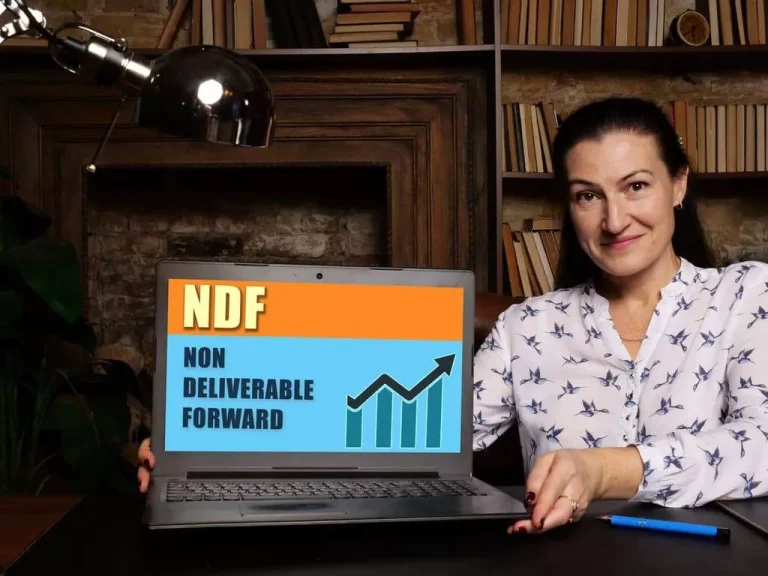Content
After a trade is executed between a buyer and seller, a clearing firm steps in to settle the trade. This means they oversee the delivery of assets (like stocks) to the buyer and ensure the seller receives payment. Understanding these can help brokers decide whether participating in such a program aligns with their business goals. In financial markets, broker-dealers operate under various arrangements Mining pool that dictate how they interact with clients and manage transactions. Understanding these arrangements can help investors choose the right broker-dealer for their needs.
Key Compliance Obligations for RIAs
- To protect their reputation IBs must emphasize transparency and ethical behavior, in all client dealings.
- For instance, you can select one of many consulting companies with their IB program that specializes in a selected asset class or offers competitive trading fees.
- Clients seeking ongoing advisory support and a relationship built on trust gravitate toward RIAs, while those needing transactional services find broker-dealers to be a better fit.
- They prioritize a holistic approach, focusing on their clients’ overall financial well-being rather than individual transactions.
- Understanding these differences can help traders and investors choose the right brokers to meet their specific needs and ensure a smooth trading experience.
By collaborating https://www.xcritical.com/ with these firms, introducing brokers can offer their clients a seamless trading experience without needing to maintain the complex infrastructure required for clearing trades. For instance, a general clearing member facilitates trade settlement by matching buy and sell prices and ensuring regulatory compliance in trading parties. On the other hand, an executing broker is in charge of, well, you guessed it, executing trades on behalf of clients. We also have self-clearing brokers who can independently clear trades and not rely on other clearing firms.
Get in Touch With a Financial Advisor
The introducing broker reports each trade to the clearing firm who then reconciles these reports with the NSCC. On the settlement date, the NSCC will coordinate the delivery or receipt of stock in exchange for payment to the custodian of the end investor. The introducing broker is responsible for the trade being properly executed, but technically the NSCC carries the ultimate risk if the end investor’s custodian fails to deliver payment or securities. Because there is settlement risk involved, the NSCC may require the clearing firm to post capital as collateral. Last, self-clearing firms handle all aspects of the clearing process internally, from trade introducing broker vs clearing broker execution to settlement. They maintain direct relationships with central clearinghouses, assuming full responsibility for clearing and settlement functions.

How confident are you in your long term financial plan?
Make certain that you meet all of these standards before formally becoming an IB for any broker-dealer. Market indicators are finest outlined as quantitative tools utilized by buyers or merchants to provide an approximation of what’s in retailer for future market motion. Regulatory compliance is a big hurdle, with IBs regularly adapting to make sure they operate throughout the defined legal frameworks.
How Do Introducing Brokers Generate Revenue?
Doing so allows the hedge fund’s assets to be quickly shifted to the prime broker as collateral. Introducing brokers, or IBS for short, are individuals or companies that refer clients to brokers. As the name suggests, executing brokers are responsible for executing trades on behalf of other traders and investors. They focus on placing buy and sell orders at the best available prices in the market. Executing brokers offer their services to retail and institutional traders and investors.
Traditionally, an IBD is client-facing, and acts as an agent on behalf of individuals or entities seeking access to markets with a willing counterparty, a CBD. As a result of this relationship, an IBD has a much simpler business model, with revenue most commonly earned by commissions/rebates on trades executed for referred clients. They also have far less responsibility with respect to customer reporting obligations and data maintenance, as these are predominantly managed by the respective CBD. Introducing broker-dealers can offer competitive pricing, efficient trade execution, and access to diverse investment opportunities. This arrangement allows clients to benefit from the expertise and resources of established clearing entities while receiving personalized support and guidance from their introducing broker-dealer.
Clearing firms are considered the backbone of financial markets, as these markets owe their reliability and efficiency to them. Just like clearing firms, there are three main types of prime brokers that we will discuss in this section of the article. These brokerage types include traditional, synthetic, and full-service prime brokers. Overall, hedge funds and other complex trading operations can take advantage of the services provided by prime brokers to outsource their activities and focus on making more money. Clearing firms charge custody fees to cover the costs of holding and protecting the assets of their clients’ assets.

These regulations ensure that introducing brokers operate with transparency, maintain certain standards, and protect client interests. Regulatory requirements can vary by country, so it’s crucial for introducing brokers to comply with local laws and guidelines. Through this structured framework, Guaranteed Introducing Broker programs provide a supportive environment that benefits both introducing brokers and clearing firms, enhancing stability and encouraging mutual growth.
Another resource offered by prime brokers is access to their derivatives trading desks with a wide variety of derivatives and risk management suggestions. This is especially beneficial for hedge funds, which often trade derivative instruments with high risk and return rates. They must adhere to the rules and regulations set forth by financial regulatory bodies in the jurisdictions where they operate. In the United States, for example, introducing brokers are regulated by the Commodity Futures Trading Commission (CFTC) and must register with the National Futures Association (NFA).
Clearing firms may explore new technologies, such as DLT and artificial intelligence, to improve efficiency and reduce costs. They may also develop new products and services, such as real-time clearing and settlement. ITB with over 10 years’ experiences in financial markets has business offices in London and St. Louis.
Clearing firms are subject to rigorous regulatory oversight and play a critical role in promoting market integrity, stability, and efficiency. That order is then sent electronically to a clearinghouse, also called a clearing broker, who makes sure the trade is legal and possible, then performs the trade on the appropriate exchange. Limit orders can be routed to an electronic communications network (ECN) that is designed to match buy and sell orders at specified prices. Lastly, the broker may try to fill the order from its own inventory by selling a stock that the broker’s firm owns or taking in stock on its books that a customer wants to sell.
Hedge funds, due to the amount they trade and their importance to the exchanges, will usually have a dedicated broker who handles their trades promptly and at the best possible terms. This is an extremely important relationship and one which both the fund and the broker cultivate regularly. Clearing brokers may earn fees based on the passage of time (a fixed fee) or based on the value of the assets they are trading or overseeing. While both RIA and broker-dealer models are heavily regulated, their compliance obligations differ significantly based on their business models and regulatory oversight.
In contrast, introducing brokers focus on client relationship management and outsource the clearing and settlement processes to dedicated clearing firms. By partnering with these firms, introducing brokers can offer their clients access to a wide array of financial products without investing heavily in their own operational infrastructure. A clearing broker, also known as a clearing firm, is a middleman between investors and large corporations, such as clearing companies or clearing houses. These clearing firms and services are responsible for the smooth operation of financial markets, such as forex, and handle the transaction confirmation, settlement, and delivery of trades on behalf of clients. Prime brokers also may partake in trade clearing and settlement, taking the job of a clearing firm to an extent. The prime broker manages to reach these goals by playing the role of a custodian for the hedge fund’s assets, removing the complexities of the process of borrowing capital.
Clearing firms face challenges related to rapidly evolving technology, such as blockchain and distributed ledger technology (DLT). You send the order to the exchange who then processes it and either transfers the placed order to the investor, or returns it as invalid. Since the security (Apple) is highly liquid, your order should be filled almost instantaneously. Assuming the funds are in your account to be able to fulfill the order, you should see the shares in your account within seconds. One key difference in the requirements is related to Exchange Act Rule 15c-3, where an IBD will be required to submit an exemption report (in most cases), while a CBD will be required to submit a compliance report. We are especially effective at launching and scaling fintechs with innovative compliance strategies and delivering cost-effective managed services, assisted by proprietary regtech solutions.
They must invest in robust cybersecurity measures and comply with strict data privacy regulations. With over 8 years in the fintech market, Vitaly now serves as Quadcode’s Chief Commercial Officer. The role of an Introducing Broker is both challenging and profitable as they must navigate the complexities of the world while nurturing interpersonal connections to succeed.